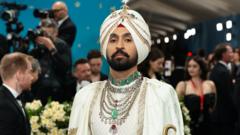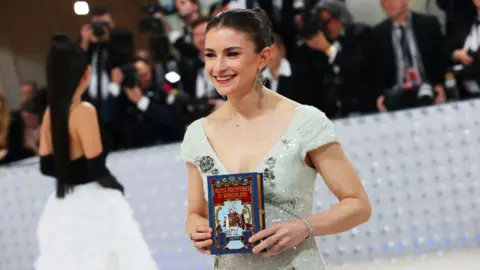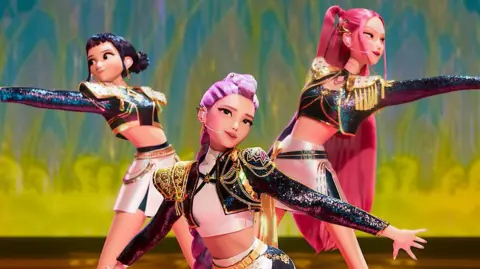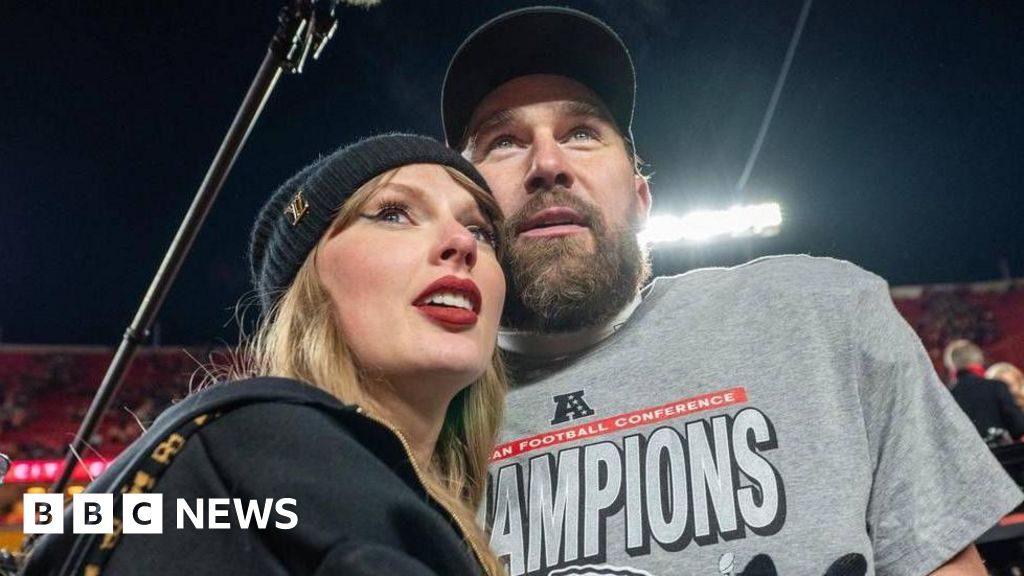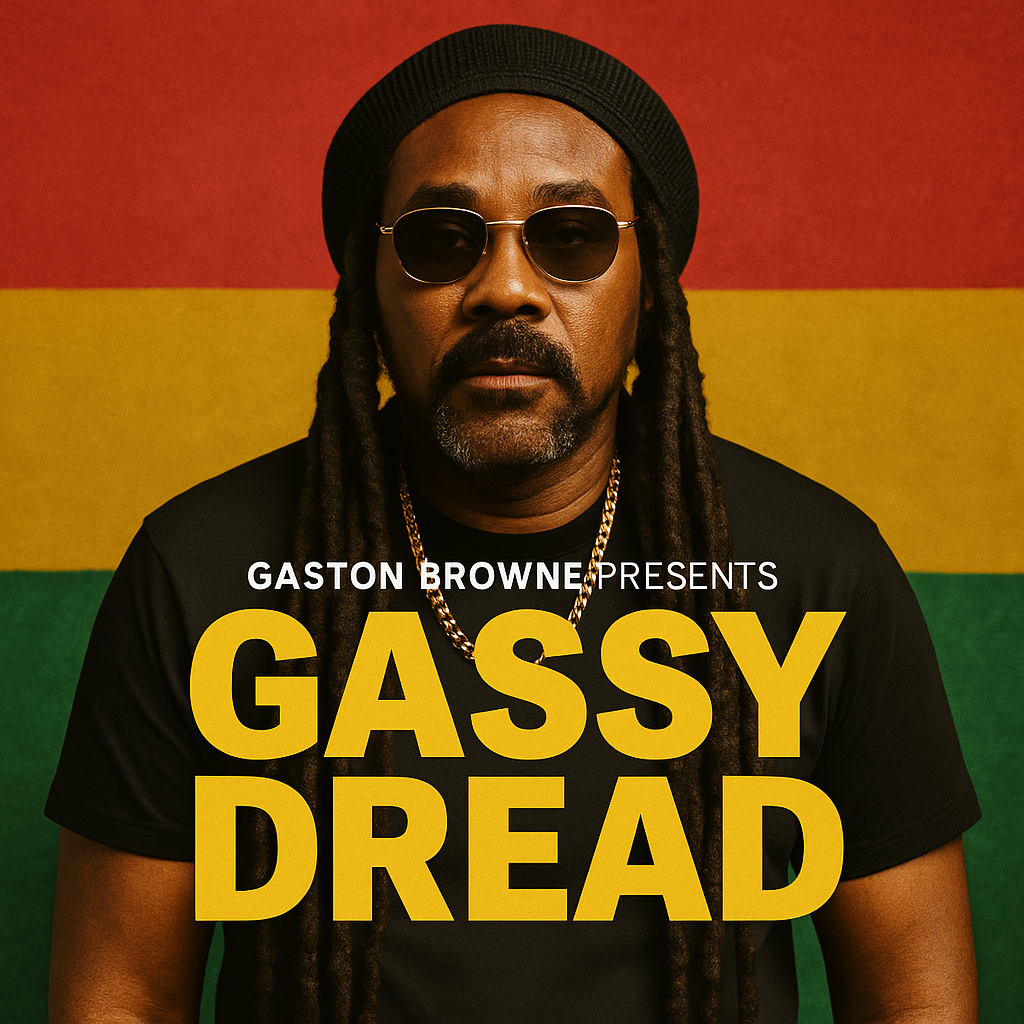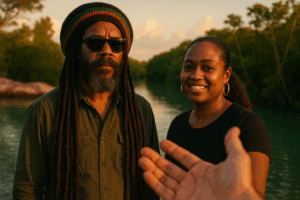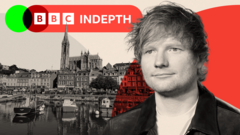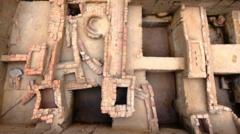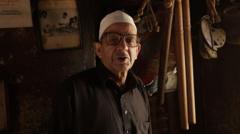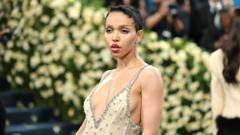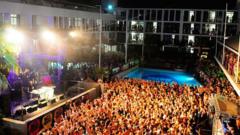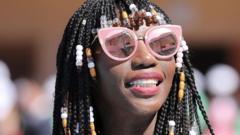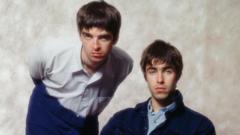Diljit Dosanjh made waves with his Met Gala debut last month, leaving an indelible mark on the fashion world. The 41-year-old singer, notable for being the only Punjabi artist to perform at Coachella, graced the red carpet in a lavish ensemble styled as an early 20th Century maharajah. Designed by Prabal Gurung, his ivory and gold outfit featured a feathered, bejeweled turban that quickly became a trending topic in India. Adding to his regal look, Dosanjh adorned himself with a stunning diamond necklace inspired by a Cartier piece once worn by a king from Punjab, complemented by a Panthère de Cartier watch and an ornate sword that displayed a map of his home state, alongside Gurmukhi letters embroidered on the cape's back.
Dosanjh is not new to fashion statements; his unique style encapsulates a blend of traditional Punjabi attire with modern street influences. He often pairs baggy trousers, chunky sneakers, and layered jewelry with vibrant turbans, creating a signature look that resonates with millions. This evolution in aesthetics is apparent far beyond the red carpet. For instance, bhangra competitions in California have seen high-energy routines performed in performance sneakers, while Berlin bhangra parties feature attendees in crop tops and trendy pants.
Numerous Punjabi artists have molded the regional fashion scene, with Jazzy B’s oversized rings and unique hair color trends capturing attention, while Badshah's tinted shades and Yo Yo Honey Singh’s baggy hoodies have also made their mark. Though previously their influence was geographically limited, artists like Dosanjh and others are elevating Punjabi style to an international platform, resonating with both the Sikh diaspora and a wider audience. His attire from last year's world tour sold out almost immediately, further demonstrating the impact of his fashion choices.
Cultural commentators suggest that this contemporary weave of music and fashion has deep roots in Western pop culture, as many artists reside and perform in the West. Art historian and curator Alka Pande notes that the region's ability to embrace innovation and eclectic styles is especially evident in the Punjabi diaspora, historically defined by hybridization and creativity. As a younger generation of Punjabi musicians emerged, they began integrating hip-hop sounds with traditional Punjabi aesthetics, cultivating a distinct style that includes gold chains, oversized accessories, and unique grooming.
This fashion resurgence aligns with a broader cultural shift in Punjab, especially as luxury brands began entering the market in the early 2000s. For many Punjabis, primarily from a farming background, this transition symbolized an awakening—the move toward a more prosperous, global identity. Acclaimed artist Rabbi Shergill highlights the connection between artistic expression and cultural evolution within the hyper-capitalist landscape.
Interestingly, the style of Punjabi musicians remains gender-neutral, showcasing a blend of masculine and feminine aesthetics. Artists seamlessly blend famous luxury labels with their cultural roots, performing at venues from Ludhiana to London while sporting their Punjabi identity as a badge of honor. Dosanjh's striking maharajah look at the Met Gala epitomizes this trend.
The influence on emerging artists in Punjab is unmistakable. Traditional bhangra performances are increasingly incorporating contemporary styles, departing from the old-fashioned "dhoti-kurta-koti" outfits typically associated with the genre. Instead, dancers showcase sneakers, graphic tees, and modern bottoms, reflecting a growing demand for these contemporary items, as noted by Harinder Singh, owner of brand 1469, who sells merchandise inspired by Punjabi music stars.
Overall, this cultural renaissance has led to a fashion evolution in Punjab, bringing elements of urban chic and multicultural influences to the forefront of local styles. For example, young poet Gurpreet Saini, active in cultural festivals across India, sources distinctive shawls from his hometown, creatively merging contemporary trends with his rich heritage.
What started as personal expression has blossomed into profound cultural signatures, reshaping the modern Punjabi identity through music, style, and a celebration of hybridity.

